Price List Samples
-

Booker Wholesale Price List
download now -

Distributor Price List
download now -
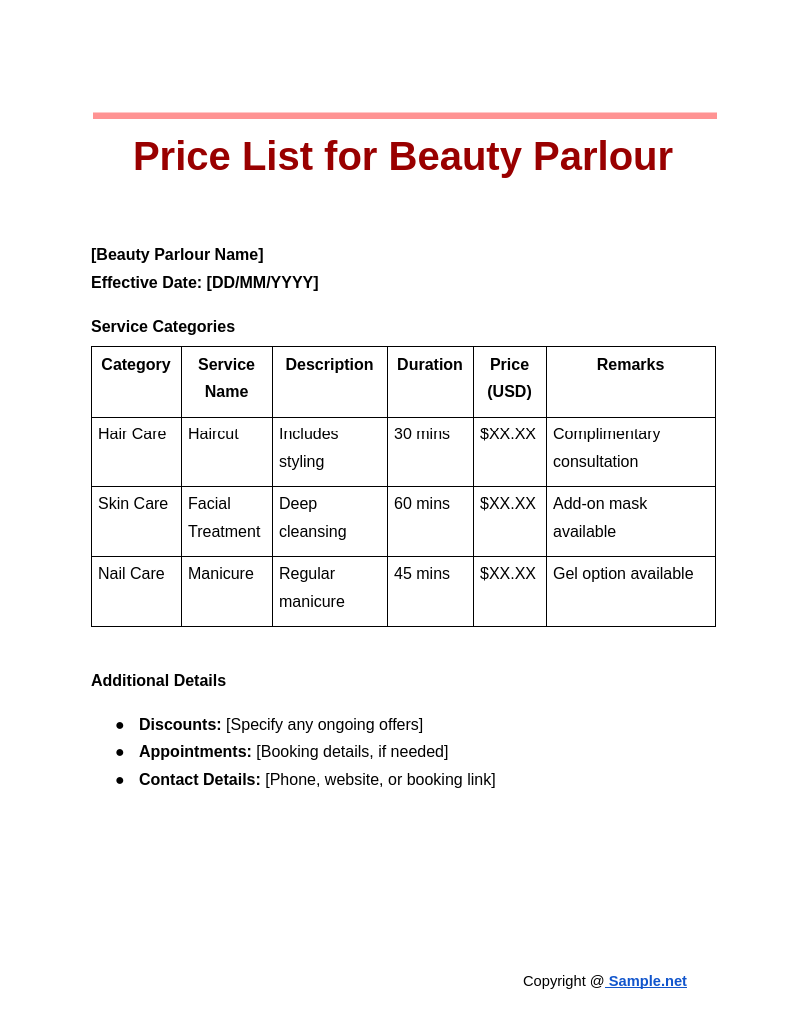
Price List for Beauty Parlour
download now -
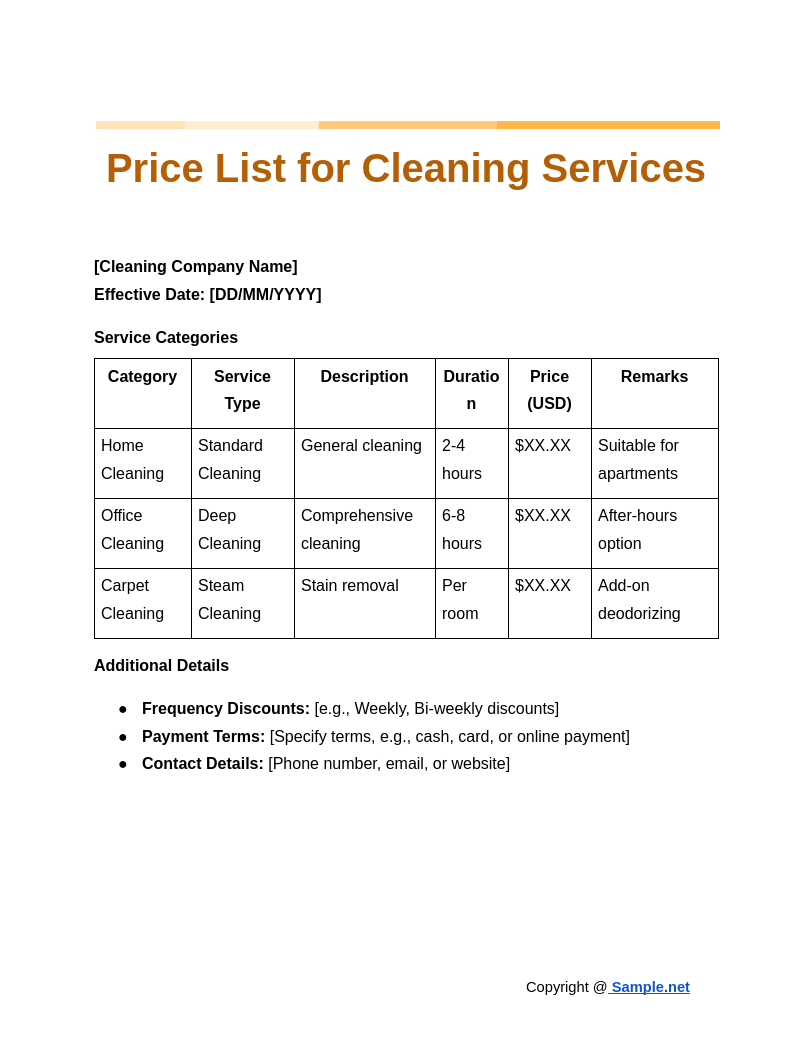
Price List for Cleaning Services
download now -
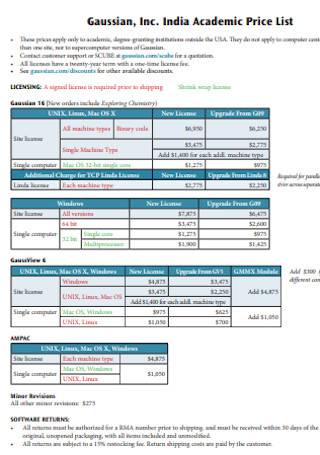
Academic Price List Template
download now -
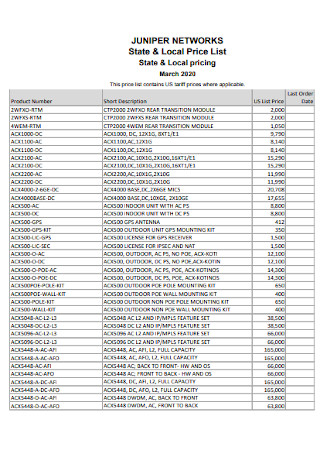
Local Price List Template
download now -
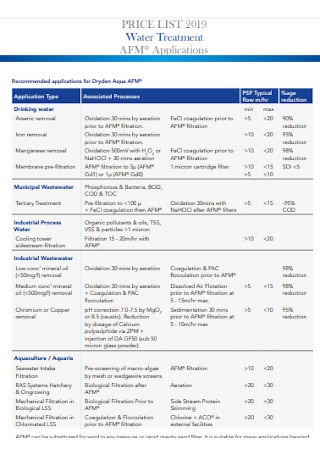
Water Treatment Price List
download now -
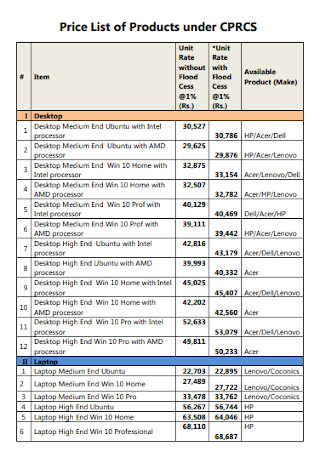
Price List of Products
download now -
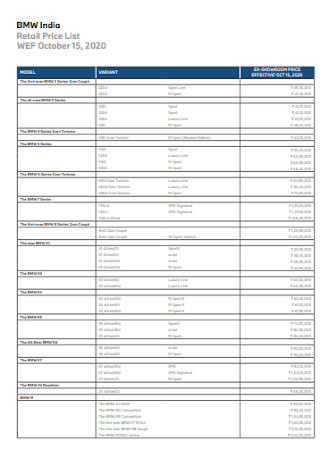
Retail Price List Template
download now -
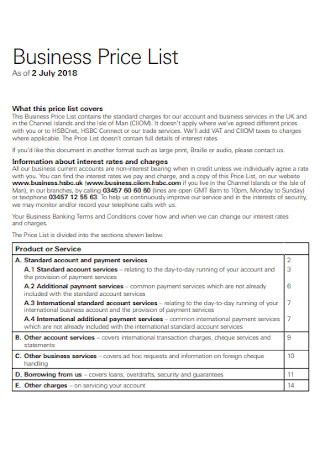
Business Price List
download now -
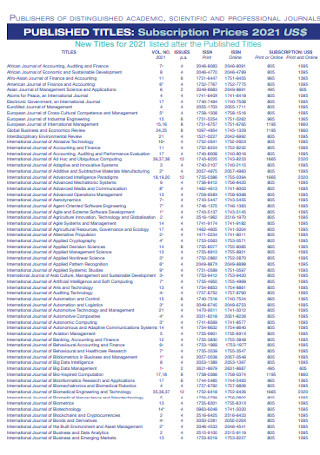
Journals Price List
download now -
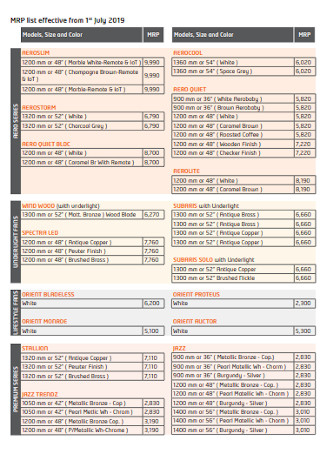
Fans Price List Template
download now -
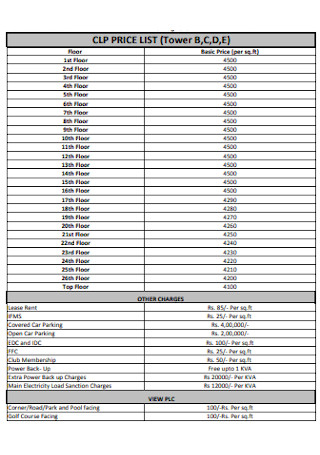
Sample Price List Template
download now -
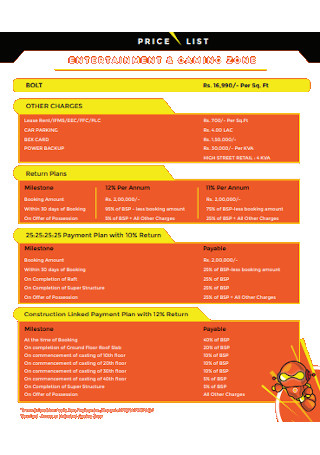
Gaming Zone Price List
download now -
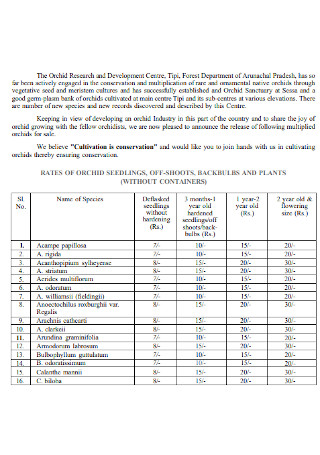
Orchids Price List
download now -
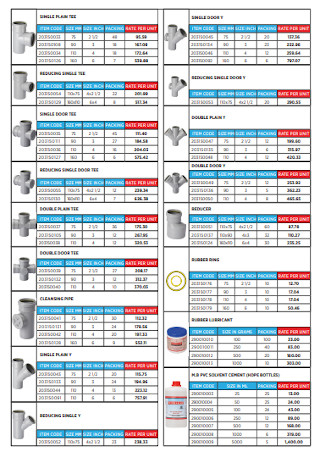
Pipes Price List Template
download now -
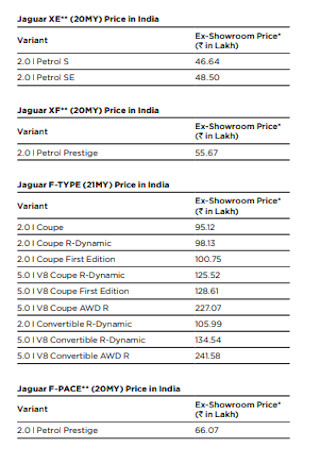
Cars Price List Template
download now -

Power Price List Template
download now -

Electrification Products Price List
download now -

Spare Price List Template
download now -
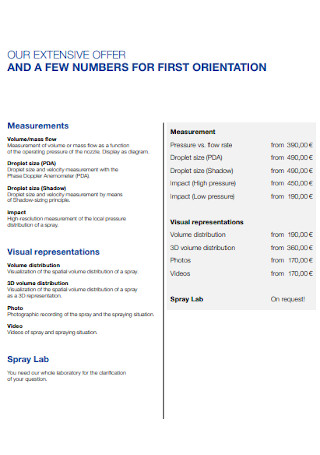
Price List for Measurements
download now -
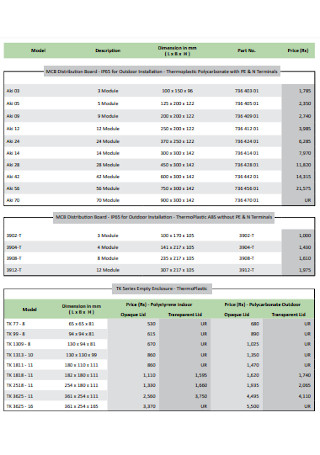
Price List Format
download now -
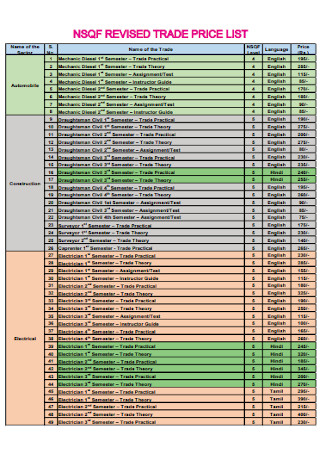
Trade Price List Template
download now -

Service Part-Price List
download now -
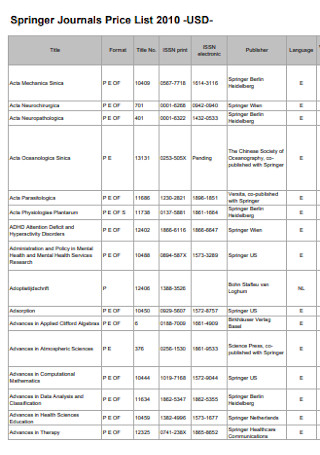
Springer Journals Price List
download now -
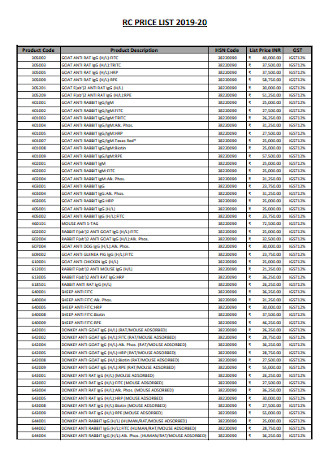
Rate Contract Price List
download now -

Vehicle Price List Template
download now -
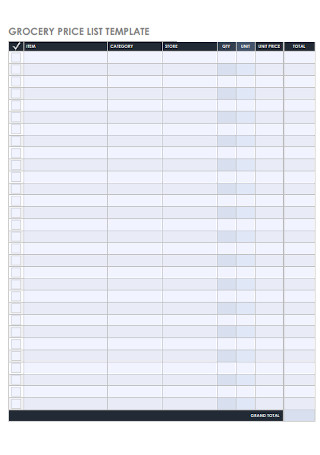
Grocery Price List Template
download now -

Consumables Price List
download now -

Price List for Road Furniture
download now -
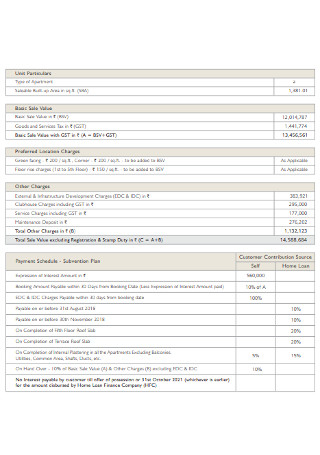
Payment Plan and Price List
download now -

Wine Club Price List
download now -

List Prices of Terrasolid Software
download now -
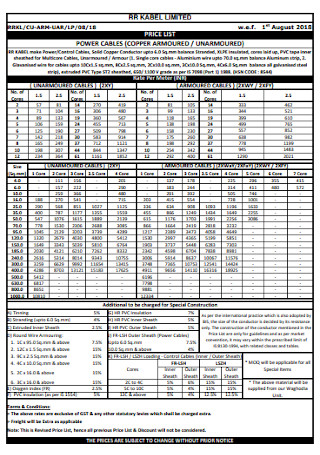
Power Cable Price List
download now -
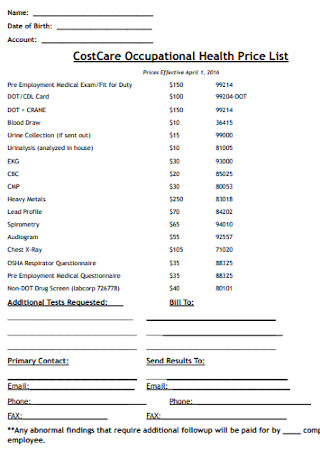
Occupational Health Price List
download now -

Weddings Rentals Price List
download now -

General Price List Template
download now -
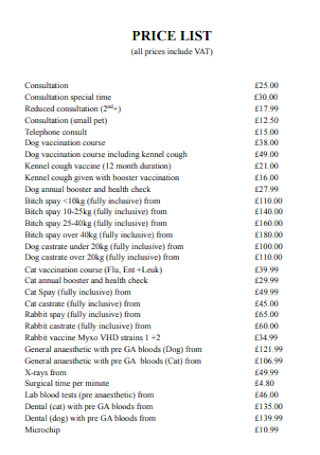
Basic Price List Template
download now -
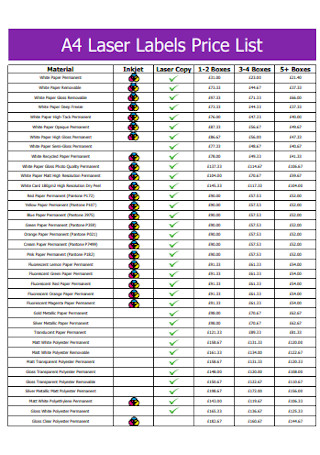
Laser Labels Price List
download now -
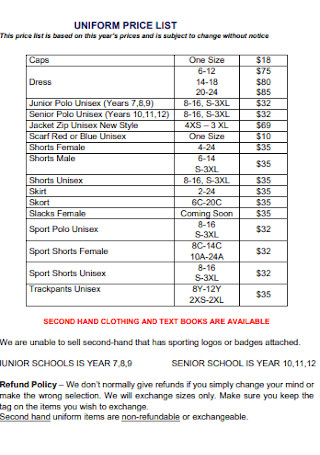
Uniform Price List
download now -
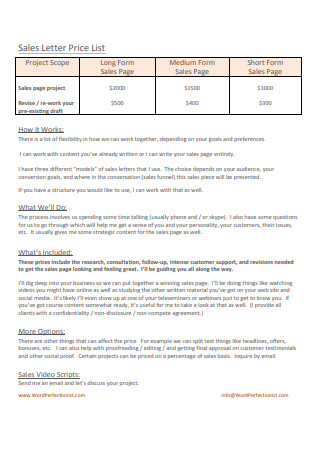
Sales Price List Template
download now -
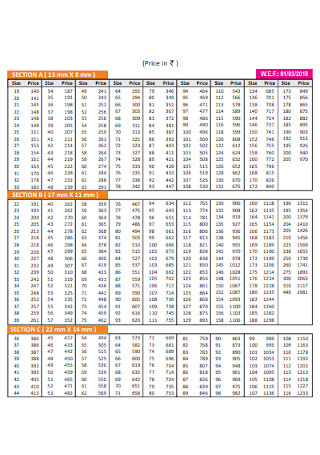
Simple Pirce List Template
download now -
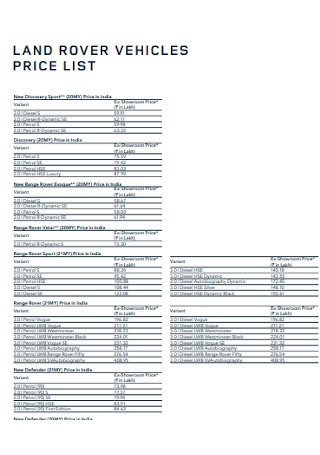
Vehicle Price List Template
download now -
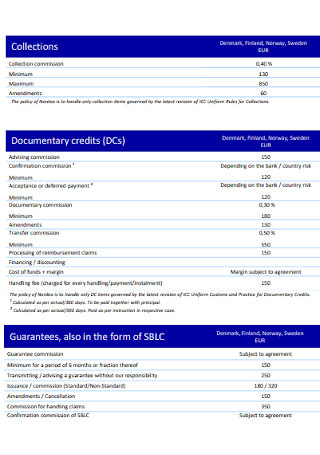
Price List for Banks
download now -

Studio Technology Price List
download now
FREE Price List s to Download
Price List Format
Price List Samples
What is a Price List?
Why is a Price List Important?
What are the Elements of a Price List?
How to Create a Price List
FAQs
What are other words for a price list?
What is a standard price?
How do I manage a price increase?
Why do businesses need a price list?
Can price lists be customized for different customers?
How does a price list impact business profitability?
How does a price list influence customer loyalty?
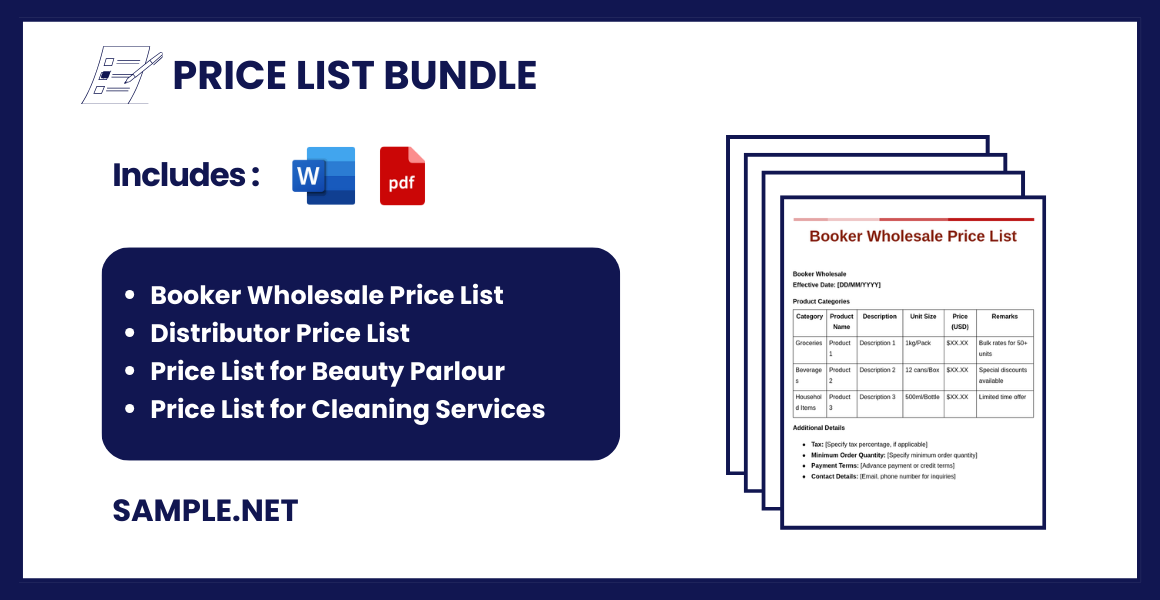
Price List Format
Price List
[Your Company Name]
Effective Date: [DD/MM/YYYY]
Product/Service Categories
| Category | Product/Service Name | Description | Unit | Price (USD) | Remarks |
|---|---|---|---|---|---|
| Category 1 | Product/Service 1 | Description 1 | Per unit | $XX.XX | Special offers, discounts, etc. |
| Category 2 | Product/Service 2 | Description 2 | Per unit | $XX.XX | Bulk purchase option available |
| Category 3 | Product/Service 3 | Description 3 | Per unit | $XX.XX | Seasonal availability |
Additional Details
- Tax: [Specify tax percentage, if applicable]
- Discounts: [Specify any discounts or promotional offers]
- Payment Terms: [Specify payment terms, e.g., advance payment, monthly billing]
- Contact Details: [Email, phone number, or website for inquiries]
What is a Price List?
A price list is a document that details the prices of products or services offered by a business. It serves as a reference for customers, showing the cost of each item. You can also see more on Material Lists.
Why is a Price List Important?
Price lists are vital, particularly with the data they contain. For example, there might be a new iPhone model released. It is expected that the older versions of iPhones will decrease in price. So, a price list is a dependable guide for iPhone sellers on how to adjust prices smartly. The Harvard Business Review even noted that a 1% upgrade to a price could boost profits to 11%. That explains why a price list’s data are important when you conduct price changes. What is even better? You don’t need to change prices in different sheets because one list lets you update all the items’ prices and details shortly—very convenient, indeed.
Moreover, customers benefit a lot from the price list for their buying decisions. Around 80% of Americans who do online shopping even compare the prices of products. That way, customers can easily focus on investing in items they need from the list. Also, price lists give consumers all the information from which products are on sale, the new releases, how many items are available, etc. An example is how weddings are at peak every June and September. Some wedding packages might have promos on those months. Instead of having sellers discuss each promo, a price list can explain everything in detail. And it sure saves time and effort. You can also see more on Shopping List.
What are the Elements of a Price List?
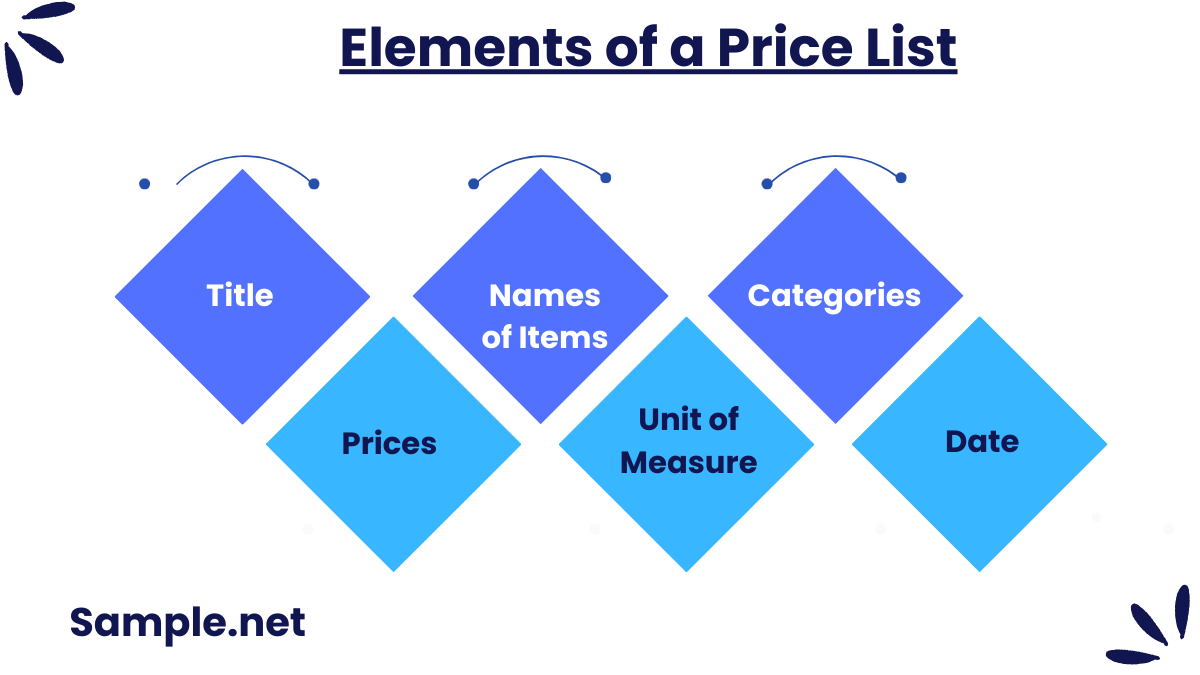
Indeed, price lists are essential. But they also differ in function and content. For example, do you already know what a general price list contains? Even if there are different factors present in every list, you can expect common denominators too. In this section, we outlined the elements you often see in a standard price list. You can also see more on Groceries List.
How to Create a Price List
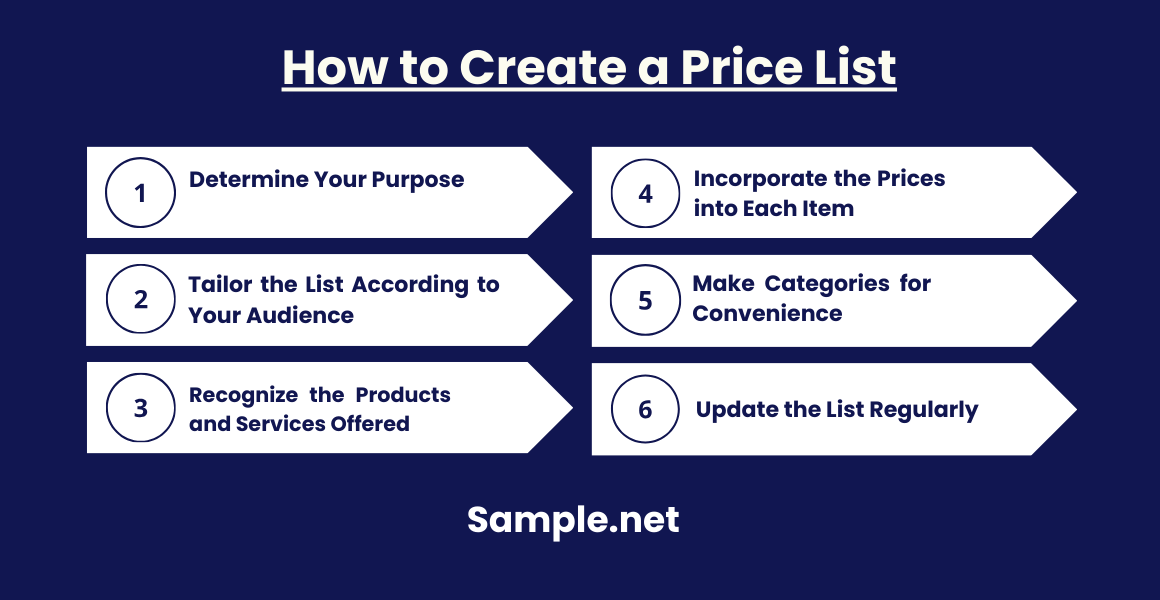
You were already introduced to the price list’s definition, importance, and common elements. Now, what about the process of making the price list itself? Rest assured, creating the list isn’t that hard, especially when we identified six basic steps for you to follow. You can also see more on Wish List. Without further ado, make your price list with the following steps:
Step 1: Determine Your Purpose
A price list isn’t one dimensional. You can use it to enlist any business’s prices like a salon, bar, or photography. More so, you could use it for making the inventory, assessing your products and prices, or any other function. Thus, it is crucial to know your purpose in making the price list first. That way, you would know how to format the whole list that suits your main purpose. And if you need guidance, we have many templates prepared for you, as seen above. Just choose which example fits your purpose and customize its content and format afterward.
Step 2: Tailor the List According to Your Audience
Are you creating the price list for yourself or maybe someone else like a customer or a seller? The next step is to clarify who your audience is. And the key is to conduct an audience analysis since it will help you learn who the targeted audience is and how to reach them effectively. Ensure that you are writing or formatting the list according to the targeted audience. Otherwise, whoever uses the price list might have a hard time understanding its content. Also, use the appropriate language that is easily understandable so that you won’t lose your audience halfway.
Step 3: Recognize the Products and Services Offered
If you can still recall the elements of a price list discussed earlier, you would know that the names of items are needed. And this leads you to identify every product or service to offer. Make a sample checklist to ensure all the goods and services available will be included in the price list. Just put checkmarks to all names and items already enlisted in the document until you are done. Also, be smart about the list’s format wherein the details are legible and well-designed. That is because appearances affect the entire sheet.
Step 4: Incorporate the Prices into Each Item
It is standard for every name of an item to be beside its corresponding price in a price list. Or, as much as possible, keep the prices near to which items they modify. That way, people will no longer question how much each product is. Also, observe careful assessments if the precise numbers are given to every single item enlisted there. Maybe two different items have their prices interchanged; hence, you should correct it. Another advice is to incorporate tables since rows and columns make it easier to point out which is which.
Step 5: Make Categories for Convenience
Do not ever forget to divide the details into specific categories. Bear in mind that categorizing helps for easy viewing. So if your price sheet ends up loaded with data, aim to arrange the details in an organized manner. Group the details together that are of the same element or class so it won’t be difficult to navigate certain information. The design used also affects convenience. For example, you can use colors in categorizing wherein increasing prices would have a red color while decreasing prices would be labeled in green. How that works is up to you. You can also see more on Inventory Checklists.
Step 6: Update the List Regularly
Last but not least, keep track of the price list regularly. There might be prices to change and other things to add. So, you should update the list’s content when necessary. Hence, making a list doesn’t end the job because you still need to monitor the document if there is any price increase or any other example. Most importantly, updated prices make the price list more reliable for reference, just what every seller and customer can use.
Price lists are crucial for businesses as they streamline communication, promote transparency, and enhance customer trust. By presenting accurate pricing, companies can improve decision-making for customers, leading to increased sales and customer satisfaction. You can also see more on Cost Estimate.
FAQs
What are other words for a price list?
The price list can be associated with a price sheet, catalog, register, book, or guide. Nonetheless, all words are similar in terms of function—an official list of items and their prices.
What is a standard price?
The standard price refers to the uniform price preset for goods and services that are already adjusted by the historical rate, replacement cost, or competitive analysis.
How do I manage a price increase?
There are many different ways to manage price increases. And you should find the best example that works well for your business. Some examples of how to do that are the following:
- Understand your consumers
- Conduct market analysis and research
- Give promos
- Monitor the trade terms
- Redefine value
Why do businesses need a price list?
It helps ensure consistent pricing, aids in sales, and provides transparency to customers.
Can price lists be customized for different customers?
Yes, businesses can create customized price lists for bulk buyers, regular customers, or specific markets.
How does a price list impact business profitability?
A well-structured price list enhances sales by providing clear pricing, promoting special deals, and guiding customer purchases.
How does a price list influence customer loyalty?
A clear, consistently updated price list shows transparency and fairness, which fosters trust and strengthens customer loyalty. You can also see more on Event Lists.
